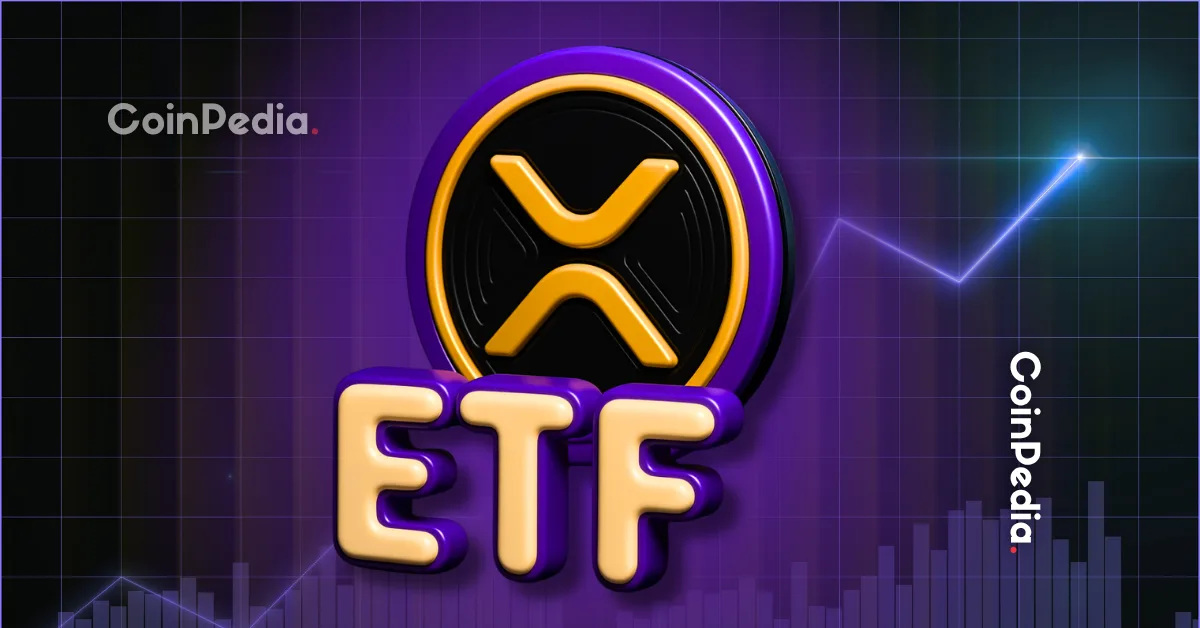Ripple’s XRP ETF Misses Another Deadline: Are They Facing Rejection?

**XRP ETF Approval Delayed in the U.S. Amid Government Shutdown**
The approval process for XRP exchange-traded funds (ETFs) in the United States has experienced delays. The Securities and Exchange Commission (SEC) paused its review of filings due to a recent government shutdown, pushing back submissions from major firms such as Grayscale, Bitwise, WisdomTree, Franklin Templeton, 21Shares, CoinShares, and Canary Capital.
It is important to note that this pause is temporary and does not imply that XRP ETFs have been rejected.
—
### Institutional Moves Amid the Delay
Despite the regulatory pause, large institutional funds have not withdrawn their interest. Instead, many have adjusted their strategies to maintain exposure to XRP. Some have turned to futures contracts and other financial instruments to remain invested.
Numerous institutions had allocated funds for XRP ETFs this quarter and are now awaiting updated timelines. Surveys indicate that the majority still intend to invest in XRP ETFs once they gain approval.
Analysts remain optimistic, expecting XRP ETF approvals later this year, possibly before December.
—
### Custody and Payments Developments
Ripple’s new stablecoin, RLUSD, now benefits from custody support provided by BNY Mellon. This integration aligns RLUSD directly with potential future ETF frameworks, facilitates faster settlements, and could enhance XRP’s utility in global payments.
Additionally, Ripple is collaborating with banking giants like State Street on projects involving money market tokenization. These initiatives utilize ISO 20022, the international standard for banking communication, which aligns well with XRP’s blockchain network.
—
### Market Response Remains Strong
Even without official ETF approval, XRP’s market activity remains robust. The Chicago Mercantile Exchange (CME) XRP futures show billions of dollars in open interest, reflecting steady institutional demand.
In Europe, XRP exchange-traded products (ETPs) are already trading under the Markets in Crypto-Assets (MiCA) regulation framework, allowing global investors access to XRP exposure while the U.S. regulatory process continues.
—
### Alternative Ways to Access XRP
Institutions are exploring other methods to include XRP in their portfolios. Structured notes and swaps that track XRP’s price are increasingly popular. Some market participants are also piloting XRP for cross-border payments and using it as collateral.
Ripple’s broader goal is to embed XRP within traditional financial infrastructure, improving liquidity for banks, accelerating settlement times, and reducing costs.
—
### Regulatory Landscape and Outlook
The SEC and the Commodity Futures Trading Commission (CFTC) are intensifying collaboration on digital asset regulations. Meanwhile, global regulators are updating standards to support digital finance, potentially accelerating ETF approvals.
In Japan, SBI Holdings has already filed for a combined Bitcoin-XRP ETF, signaling confidence in XRP’s regulatory clarity in certain jurisdictions.
Experts forecast that once XRP ETFs gain approval, they could attract $5 to $8 billion in assets under management within the first month, potentially growing to $18 billion by the end of the year.
—
### Conclusion
While the delay in U.S. XRP ETF approvals is frustrating, it reflects a maturing market. XRP is evolving beyond a speculative token to become a critical asset within payment systems and liquidity networks.
The eventual launch of U.S. XRP ETFs will integrate the cryptocurrency directly with traditional financial markets. The current pause may ultimately contribute to a smoother and stronger rollout later this year.
https://coinpedia.org/news/ripples-xrp-etf-misses-another-deadline-are-they-facing-rejection/






